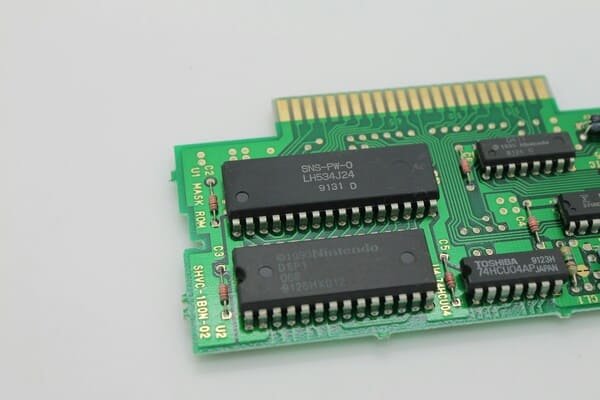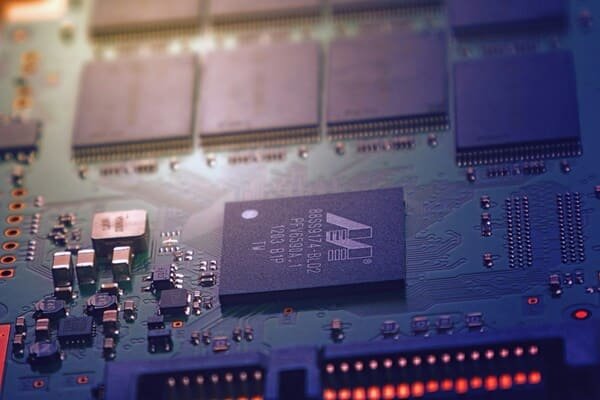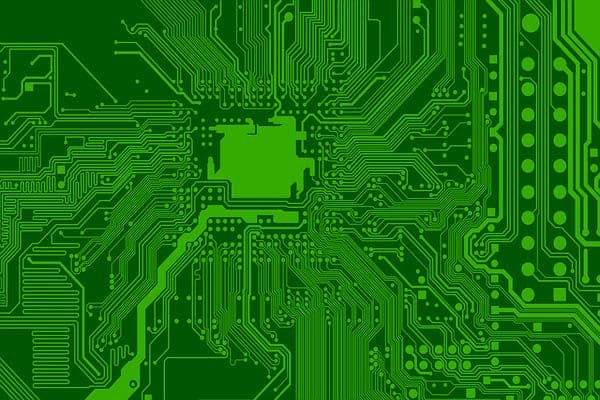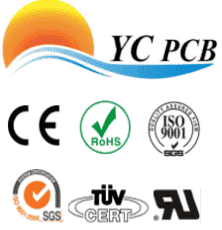How is PCB applied in different industries?

Printed Circuit Boards (PCBs) are the backbone of modern electronic devices, enabling the functionality and connectivity that drive various industries. Many businesses encounter challenges in integrating PCBs effectively, such as adapting to diverse industry requirements and maintaining high performance standards. These obstacles can limit innovation and operational efficiency. Fortunately, PCBs offer versatile solutions tailored to specific industry needs, unlocking new opportunities and enhancing performance across multiple sectors.
PCBs are integral to various industries, including automotive, industrial automation, and LED lighting, each leveraging PCBs to overcome unique challenges and seize new opportunities.
Understanding the diverse applications of PCBs can help businesses optimize their operations and stay competitive in their respective markets.
[Table of contents]
- How are PCBs applied in the automotive industry, and what are the challenges and opportunities?
- What is the role of industrial control boards in industrial automation?
- What are the market trends of LED lighting PCBs?
- Conclusion
How are PCBs applied in the automotive industry, and what are the challenges and opportunities?
The automotive industry relies heavily on PCBs to enhance vehicle functionality and safety. However, integrating PCBs into automotive systems presents unique challenges that also create opportunities for innovation.
In the automotive industry, PCBs are used in various applications such as engine control units, infotainment systems, and advanced driver-assistance systems (ADAS). The main challenges include ensuring durability under harsh conditions and meeting stringent safety standards, while the opportunities lie in advancing vehicle technology and improving performance.
Addressing these challenges opens doors to developing more reliable and sophisticated automotive technologies.

Ensuring Durability and Reliability
Automotive PCBs must withstand extreme temperatures, vibrations, and exposure to moisture. Using high-quality materials and robust design practices ensures that PCBs remain functional throughout the vehicle's lifecycle.
Meeting Safety and Compliance Standards
Adhering to industry standards such as ISO/TS 16949 and ensuring compliance with safety regulations is crucial. This guarantees that PCBs contribute to the overall safety and reliability of automotive systems.
| Challenge | Impact | Opportunity |
|---|---|---|
| Harsh Environmental Conditions | Requires durable materials and designs | Development of advanced materials and technologies |
| Stringent Safety Standards | Necessitates rigorous testing and quality control | Enhances product reliability and market trust |
| Integration with Complex Systems | Demands precise engineering and customization | Drives innovation in automotive electronics |
Advancing Vehicle Technology
The integration of PCBs in electric vehicles (EVs) and autonomous driving systems highlights the role of PCBs in pioneering cutting-edge automotive technologies. This advancement leads to more efficient and intelligent vehicles.
What is the role of industrial control boards in industrial automation?
Industrial control boards are pivotal in automating manufacturing processes, enhancing efficiency, and ensuring precision in industrial operations.
Industrial control boards manage and monitor machinery, streamline production workflows, and facilitate real-time data processing. They play a critical role in improving operational efficiency, reducing downtime, and enabling advanced automation solutions in various industrial settings.
Implementing robust industrial control boards can significantly enhance the performance and reliability of automated systems.

Managing and Monitoring Machinery
Industrial control boards oversee the operation of machinery, ensuring that processes run smoothly and efficiently. They provide real-time monitoring and control, enabling quick responses to any issues that arise.
Streamlining Production Workflows
By automating repetitive tasks and optimizing production sequences, industrial control boards help streamline workflows, increasing productivity and reducing human error.
| Role | Function | Benefit |
|---|---|---|
| Machinery Management | Controls and monitors machinery operations | Ensures smooth and efficient production |
| Data Processing | Handles real-time data for decision-making | Facilitates informed and timely responses |
| Workflow Optimization | Automates and optimizes production processes | Increases productivity and reduces errors |
| Predictive Maintenance | Anticipates and prevents machinery failures | Minimizes downtime and maintenance costs |
Facilitating Advanced Automation
Industrial control boards enable the implementation of sophisticated automation technologies such as robotics and AI-driven systems. This leads to smarter and more adaptable manufacturing environments.
What are the market trends of LED lighting PCBs?
The LED lighting industry is rapidly evolving, with PCBs playing a crucial role in driving innovation and meeting the growing demand for efficient lighting solutions.
Current market trends for LED lighting PCBs include the adoption of flexible and high-density interconnect (HDI) PCBs, advancements in thermal management, and the integration of smart technologies. These trends are enhancing the performance, reliability, and versatility of LED lighting products.
Staying abreast of these trends allows manufacturers to develop cutting-edge LED solutions that meet market demands and consumer expectations.

Adoption of Flexible and HDI PCBs
Flexible PCBs and HDI designs are becoming increasingly popular in LED lighting applications. They allow for more compact and intricate lighting designs, enabling creative and efficient lighting solutions.
Advancements in Thermal Management
Effective thermal management is essential for maintaining the performance and longevity of LED lights. Innovations in PCB design and materials are improving heat dissipation, ensuring that LEDs operate efficiently and have extended lifespans.
| Market Trend | Description | Impact |
|---|---|---|
| Flexible and HDI PCBs | Enables compact and intricate LED designs | Enhances design versatility and efficiency |
| Thermal Management | Improves heat dissipation in LED systems | Extends LED lifespan and maintains performance |
| Integration of Smart Technologies | Incorporates IoT and smart controls in LED systems | Enables advanced features like remote control and energy monitoring |
| Sustainable Materials | Uses eco-friendly materials in PCB manufacturing | Meets environmental regulations and consumer demand for sustainable products |
Integration of Smart Technologies
The incorporation of smart technologies into LED lighting PCBs allows for features such as remote control, energy monitoring, and adaptive lighting solutions. This integration enhances user experience and energy efficiency.
Conclusion
PCBs are indispensable across various industries, each leveraging their unique capabilities to overcome challenges and seize new opportunities. In the automotive industry, PCBs enhance vehicle functionality and safety while driving technological advancements. Industrial control boards play a crucial role in automating and optimizing manufacturing processes, boosting efficiency and reliability. Meanwhile, the LED lighting sector benefits from innovative PCB designs that improve performance and enable smart lighting solutions. As a dedicated PCB manufacturer, we are committed to providing tailored PCB solutions that meet the diverse needs of these industries, supporting our global customers in achieving their technological and business goals.


